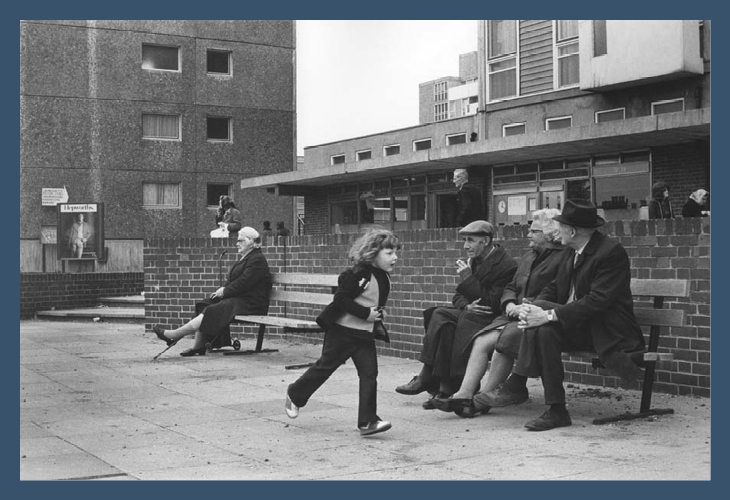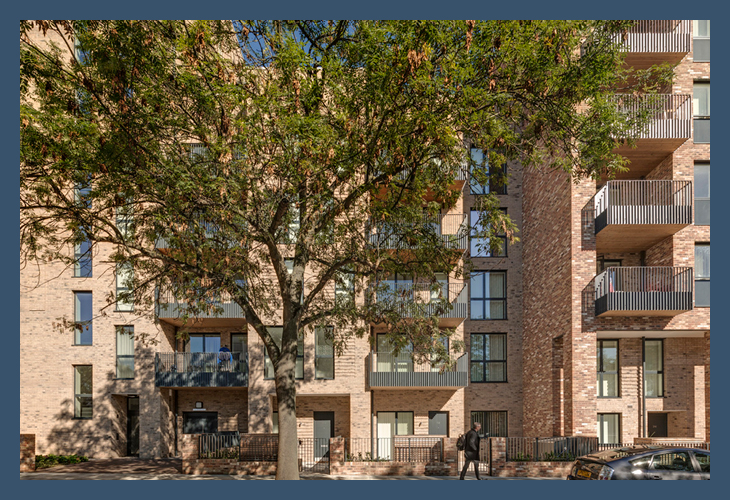HTA@50 - Altered Estates
Altered Estates is the most valuable and informative report on estate regeneration produced to date. It takes the combined experience of four major practices to concisely present the lessons learned as guide for all involved in alterations or improvements to existing housing estates.
Through this collaboration between HTA, Levitt Bernstein, PTE and PRP the report published in 2015 collects the similar challenges encountered across numerous estates and the lessons from successful solutions that have benefited numerous communities. Its recommendations form four main groups: appraising the options, engaging communities, design, and sustainable outcomes.
In the early stages options need to be distinct and dissimilar and the process transparent, and it must be recognised that not everything can be assessed in financial and empirical terms. The report addresses the contribution of a seemingly radical idea like ‘the do-nothing option’ because once costed consideration of doing nothing is informative and enables legitimate comparison with other options, similarly the idea to consider ‘meanwhile uses’ for their often unexpected benefits. Importantly, the findings need to be communicated so the appraisal method must produce results that are rigorous but not overly complex.
The report states engagement is key to successful outcomes. The first stage to build confidence by avoiding too much detail and only showing what is deliverable. The needs of existing residents and leaseholders must be identified, and sometimes offering training for the people affected in how to read drawings can yield more informed comment. Eventually, showing a range of options that are viable in principle creates an effective starting point from which to engage with a suitably empowered resident community.
Design responds to identified need when done well and the report identifies the challenges of density, connectivity and suitability. In this context reference is made to the Superdensity reports published by this group of practices for a deeper consideration of design.
In estate regeneration large numbers of people are affected immediately and for the long term adding additional pressure to achieve sustainable outcomes. These begin with finding ways to use alterations to better integrate estates with their surroundings, but Altered Estates also makes the important point that some residents may have a strong sense of identity associated with a place that removing boundaries will challenge underlining the importance of engaging with communities. Considering new delivery models that respond positively to current economic and policy contexts is also advocated.
The evidence base of the direct experience of the four practices assembled over 40 years could not be procured now making its recommendations extremely valuable. For the benefits Altered Estates gives to stakeholders and practitioners alike it will remain relevant to active and future plans of this type.













